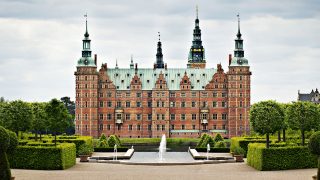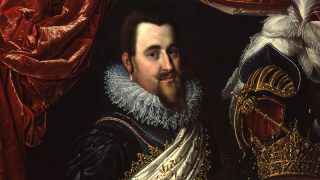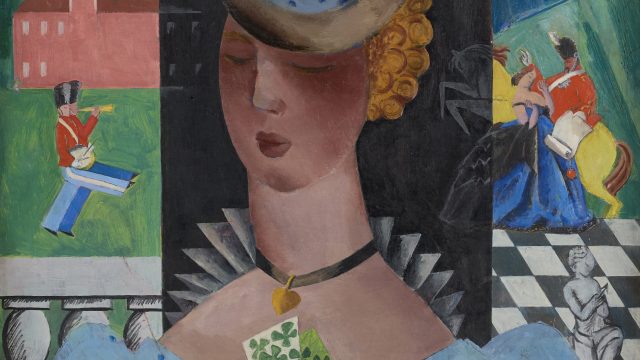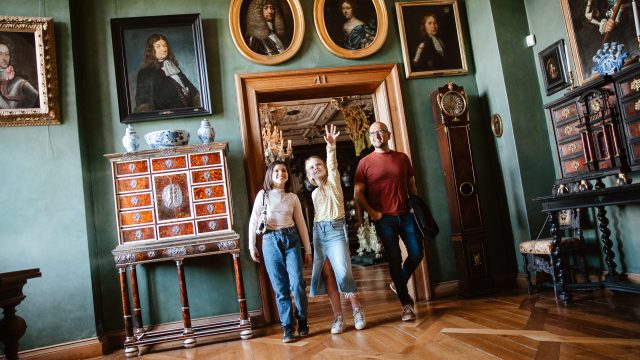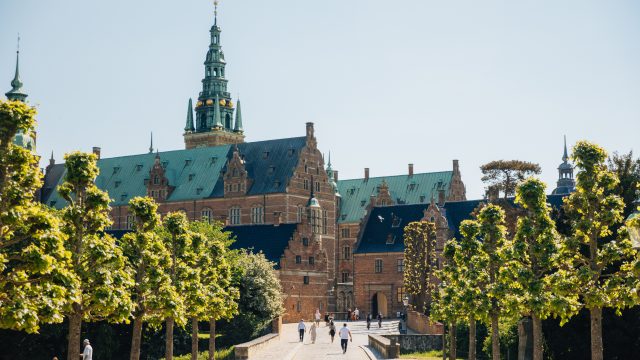
The Collections
The Museum of National History depicts 500 years of Danish history through portraits, history paintings, furniture and applied art.
The Museum’s collection of portraits is the largest in Denmark, featuring portrait paintings, busts, reliefs and portrait photographs. The history paintings depict subjects from the history of Denmark and include several famous works. The Museum’s collection of applied art ranges from the 16th century to the present day.
On the 3rd floor the Museum has put together a collection of portraits, history paintings and furniture from the 20th and 21st centuries. So the account of the history of Denmark extends right up to the present day.
The Photographic Gallery is an extension of the exhibition about the 20th and 21st centuries. The gallery features temporary exhibitions and selected photographic artworks from the Museum’s collection.




